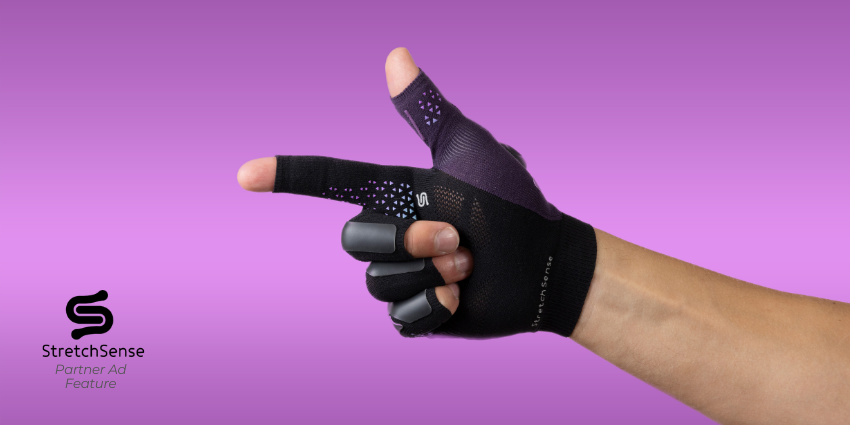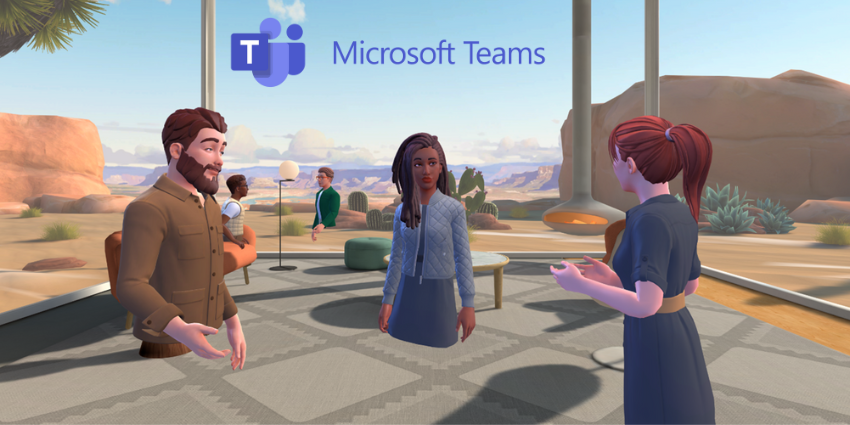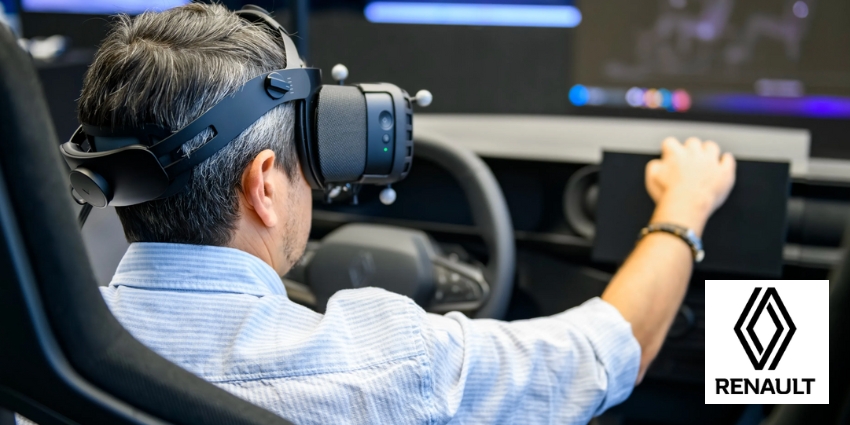Virtual reality is taking the world by storm. One of the most exciting disruptive technologies in the world, VR promises us a way to unlock new levels of creativity and opportunity. While VR can have a positive impact on most industries, few are demonstrating the tech’s potential quite like healthcare.
In the last couple of years, countless organisations have begun investing in VR for a multitude of purposes. Today’s teams are using these tools to enhance medical training without the need for live patients or cadavers. In the treatment landscape, VR can help with robotic surgery opportunities, patient education, and even psychological therapy.
VR is also growing increasingly valuable as a tool for physical therapy and pain management, assisting with recovery and rehabilitation.
Let’s explore the state of healthcare for 2022.
The Evolution of VR in Healthcare
Global Newswire’s most recent research into healthcare VR suggests the market will reach a value of approximately $40.98 billion by 2026 – a significant increase from only $2.70 billion in 2020.
This means the CAGR of VR in healthcare (34.89%), is slightly higher than the CAGR of VR overall (33.85%). There are a number of factors driving this increase in demand.
Like most disruptive technology trends, the demand for virtual reality in healthcare has grown significantly since the pandemic. The inability for patients and care providers to meet and interact in person has led to a rising need for alternative kinds of care, often delivered through things like telemedicine and biometric data tracking.
Virtual reality presents an excellent opportunity to take these concepts to the next level, ensuring patients can get direct, visual, and engaging guidance from their doctors when needed.
At the same time, VR is:
- Helping specialists to work together: VR technology is giving professionals more scope to work together on planning complex surgeries, or strategizing on public healthcare campaigns, even in a world of remote work. An upgrade to the standard video conference, VR allows healthcare teams to share and interact with data, visual information, and patient insights in real-time, while communicating in a simulation of “face-to-face” conversations.
- Improving training: Countless medical groups are now using VR to help teach specialists new skills. The technology ensures staff can easily discover how to perform various tasks without having to use physical cadavers, or waste resources. You can even use VR to improve bedside manner in some cases.
- Transforming lives: Other than simply giving patients a chance to connect effectively with their care providers anywhere, VR is also improving the way people recover from illnesses and manage chronic pain. VR can be a distraction technique for discomfort and help people to train their memory when they’re at risk of Alzheimer’s.
VR is increasingly emerging as a solution for everything from battling motor skill disorders, to ensuring team members can hone their skills over time.
Trends Driving VR in Healthcare
There are various trends appearing in the healthcare VR landscape as companies and medical groups continue to experiment with what this technology can do.
As virtual reality technology becomes more affordable and accessible, it means more groups can discover what the power of “virtual” in the medical landscape can really mean.
While every healthcare environment is sure to see different trends emerging at different speeds, some of the most common concepts driving VR in healthcare are:
- Hardware and software innovation: Virtual Reality has evolved significantly in the last couple of years, becoming much more than just a tool for entertainment. In this environment, companies have begun to invest more aggressively in ways of making headsets and software more compelling to the professional world. Lightweight, more ergonomic headsets allow professionals to undergo training sessions for longer and interact in VR without discomfort. Better visuals make it easier to immerse yourself into the software experience.
- Increased telemedicine: The rising demand for telemedicine caused by the pandemic is one of the most significant factors pushing groups towards VR. Although video conferencing and calls are a good start, most patients need more direction and visual assistance when dealing with an injury or illness from home. VR gives doctors and surgeons a chance to actually show their patients how to look after themselves.
- The rise of artificial intelligence: The rise of artificial intelligence and robotics goes hand-in-hand with the increase of VR in the medical world. Many companies are already looking into opportunities that may arise when connecting a VR ecosystem with an artificial intelligence solution or robotics tool for remote surgeries. VR could help to power the robotic surgeries of the future.
- Rising mental health demands: Increasing health demands all over the world are putting professionals under a lot of strain. Not everyone can gain access to a specialist to help them deal with things like depression, or stress. With VR headsets, patients can now guide themselves through proven tactics to manage their conditions, without the need to interact with doctors and therapists.
- Better efficiency: The global pandemic highlighted just how much pressure today’s healthcare teams are under. Staff need to work faster and more effectively than ever. This means having access to the right tools, and the correct muscle memory. With VR training, it’s possible to hone crucial skills which make staff more efficient, and effective at work.
The Challenges to Overcome
So, if Virtual Reality has so much potential to offer the healthcare landscape, why aren’t all groups already using the technology? The challenges for virtual reality in healthcare are similar to the challenges facing adoption in almost any vertical.
Though headsets and tools are improving, they can still be too cumbersome for some professionals to use for extended periods of time. The rise of more efficient and ergonomic tools should allow for better use of VR in the future healthcare industry.
Additionally, it’s worth remembering that healthcare companies have access to limited budgets and funding for innovation. Teams need to consider each disruptive purchase carefully to ensure they’re spending their cash on the most valuable opportunities.
Until VR becomes a lot cheaper for healthcare groups, it might not be top of every purchasing list.







